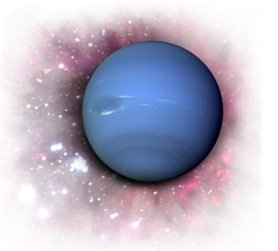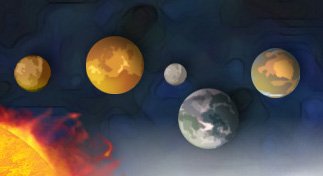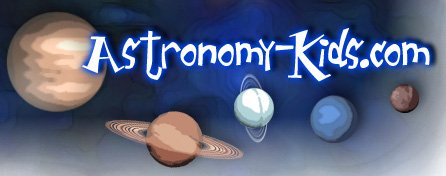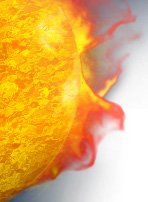High wind speeds ahead!
Storm watch on planet Neptune

Planet Neptune is the 8th and furthest planet from the Sun. The planet is very similar in comparison to Uranus, and is also classified as a gas giant, made up of mainly hydrogen and helium. Neptune is also sometimes referred to as an "Ice Giant" because it contains a high amount of water, ammonia, and methane ice.
Although planet Neptune's twin (Uranus) is somewhat dull and featureless, the Voyager 2 flyby in 1989 revealed much activity in the Neptunian atmosphere, including a Great Dark Spot similar to Jupiter's Great Red Spot. This dark area is likely a massive storm, with wind speeds as high as 2,100 kilometers per hour!
Neptune has 13 moons. Its largest moon, Triton, orbits Neptune in the direction opposite of the planets rotation. Triton is also slowly getting closer to Neptune as it's being sucked in by the planets gravitational pull. Scientists believe that one day Triton will collide with Neptune and break apart, forming additional rings of rock and ice.
Here are some additional facts about Neptune: *Neptune was named after the Roman god of the sea, probably because it's so blue and stormy!
*One year on Neptune is about 165 Earth years. That is how long the planet takes to orbit the Sun.
*Neptune does have a small ring system already of 2 to 4 rings of ice and rock.
*Neptune's largest moon is also named after a Roman god of the sea. Triton is the the son of Neptune.
Return to the kids Solar System page!
|




